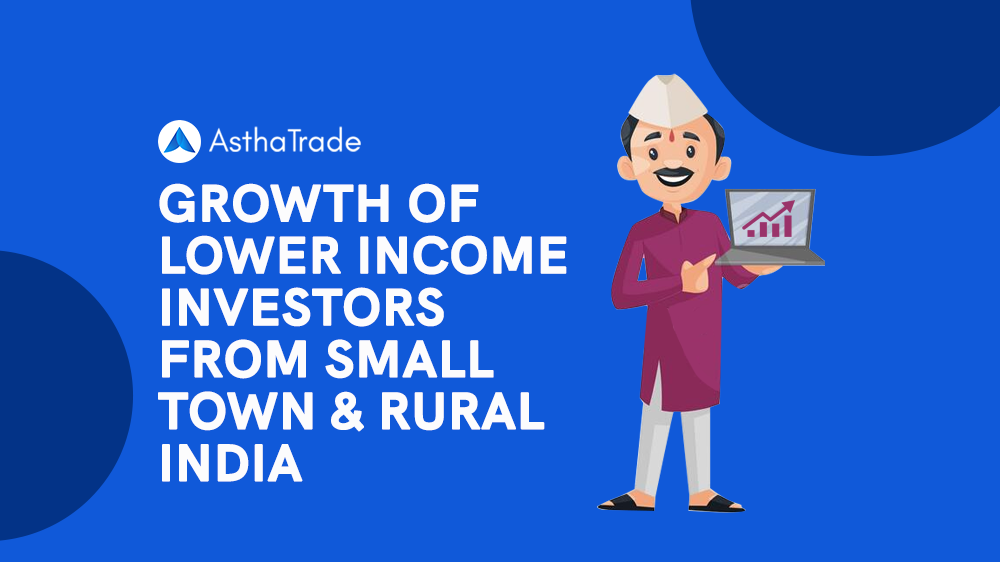During the pandemic lockdowns, many businesses had to be stopped.
Viman Patil, a grocery store owner from Maharastra, was introduced to stock markets, and he started with small and conscious investments.
Now, his returns comfortably pay his bills. By now, he has become a regular investor.
There are many such Viman Patils from all corners of India who entered the stock market during COVID-19.
The spike of retail investors from rural regions has coincided with the rise in stock markets during the previous 15 months.
If the wealthy and upwardly mobile in these places were already participating in stocks and mutual funds, many investors from lower-income groups would join them.
According to SEBI statistics, persons earning up to Rs 5 lakh account for 1.3 crore investor accounts and 28.54% of the mutual fund industry’s total assets under management (AUM).
Low-income investors have started buying equities directly and through mutual fund SIPs.
Experts believe they must be volatile in times of market turbulence and correction, especially because they have only seen a large market surge in the last 15-18 months.
How Is this Category Grown?
According to SEBI data, approximately 90% of MF investment comes from persons with an annual income of 10 lakh.
Insiders claim their already-high share price has risen in tandem with the growth in equities markets over the previous 15-18 months.
The Sensex index rose from 29,468 in March 2020 to 62,000 in October 2021.
According to data from the Association of Mutual Funds in India, SIP accounts have increased by nearly 53%, from 3.12 crore in March 2020 to 4.78 crore in November 2021.
Demat account openings with CDSL have increased by 148% since March 2020.
The percentage of “other cities” (those outside the top 110 cities) in the industry AUM has increased from 10.21% in June 2020 to 16.09% in the quarter ending September 2021.
According to AMFI statistics, while the share of the top 5 cities has decreased from 63.88% to 55.97%.
So, Who Is Investing and Why Are They Investing?
According to industry experts, small cities are increasingly participating.
Many small investors with annual incomes of less than Rs 5 lakh are now venturing into the stock markets using SIPs.
Apart from the increase in equities markets and the simplicity with which they may be invested.
Analysts claim that dropping interest rates on fixed deposits and the high cost of real estate investments also lure investors.
What Should They Remember?
While these investors should be aware of stock market volatility and fluctuating returns, market players say it’s still unclear how they’ll react when the market corrects.
Concerns over the pace of economic recovery have arisen due to the US Federal Reserve’s decision to expedite.
The reduction of its bond purchases increased incidences of Omicron infection and rising inflation.
If the invested company fundamentals are good, small investors who have recently begun their equity.
Investing should not be concerned about near-term volatility and should remain involved for the long run.
However, they should not overinvest in inequities and only park as much money as they can keep invested for 5-10 years.

